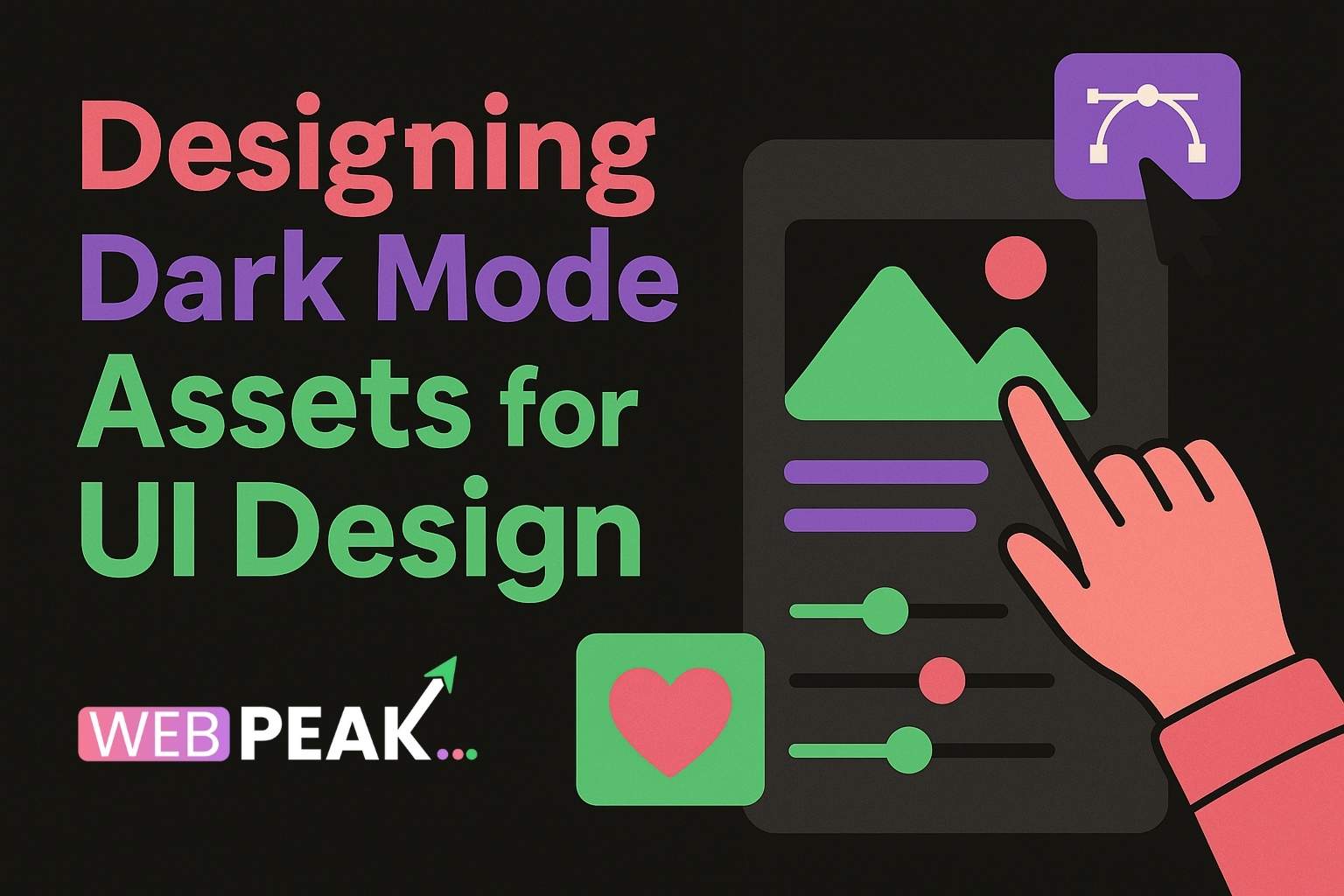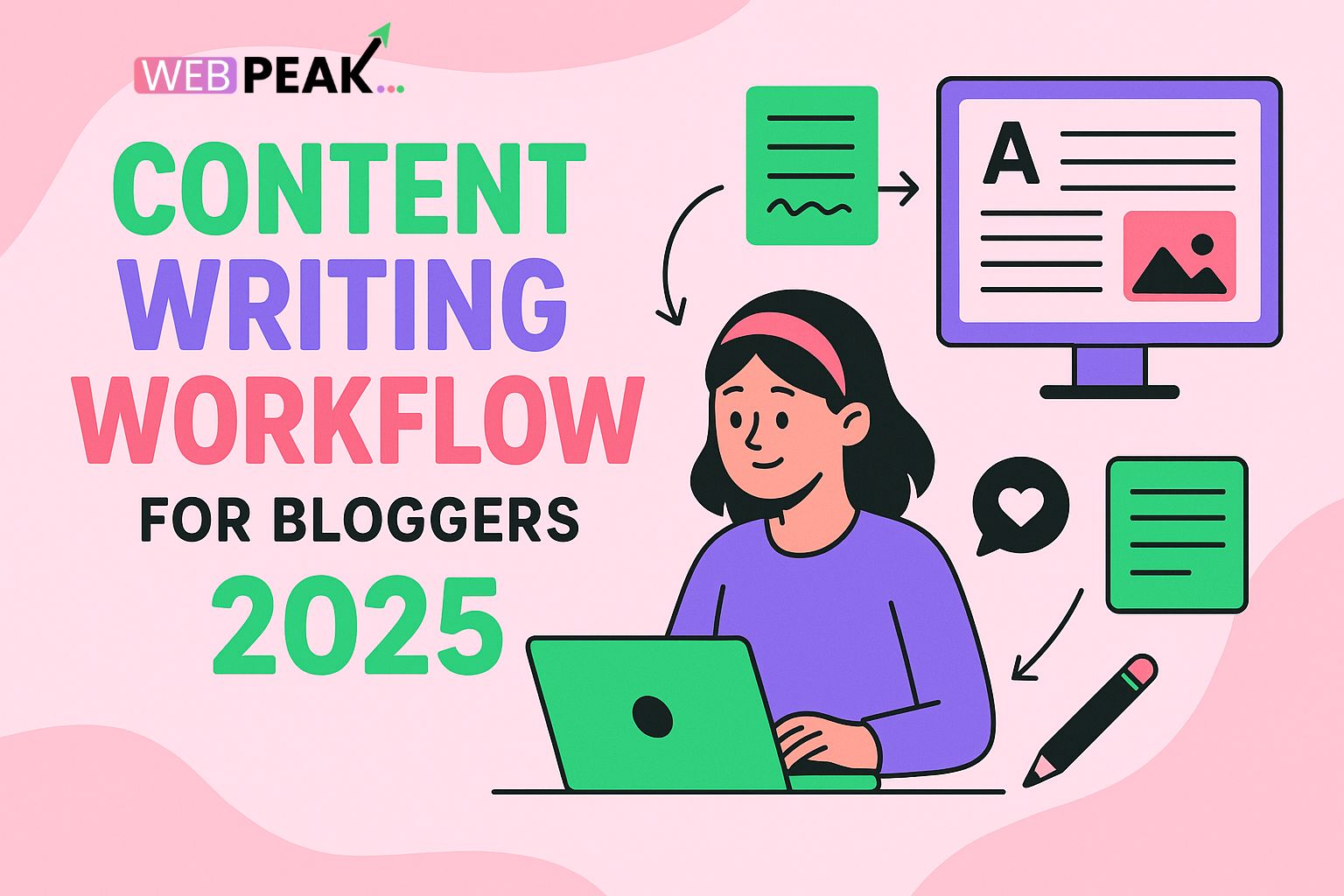Designing Dark Mode Assets for UI Design
Designing dark mode assets for UI design has become a crucial skill for modern designers. With the rise of mobile and web applications offering both light and dark themes, optimizing assets for dark mode ensures usability, accessibility, and visual harmony. In this guide, we’ll explore how to design dark mode UI assets effectively, covering best practices, color contrast, accessibility tips, and actionable SEO checklist points to help your UI designs look stunning and functional across all devices.
What Is Dark Mode in UI Design?
Dark mode is a user interface theme that uses light-colored text, icons, and graphic elements on a dark background. It reduces eye strain in low-light environments and conserves battery life on OLED screens. From operating systems like iOS and Android to popular platforms like YouTube and Twitter, dark mode has become a standard feature, improving both aesthetics and user comfort.
Why Dark Mode Matters for Modern UI Design
Users expect customization options in digital experiences, and dark mode delivers exactly that. It not only provides a sleek, modern look but also enhances readability and contrast when designed correctly. Poorly implemented dark themes can result in readability issues, washed-out colors, and inconsistent branding, which makes attention to design details essential.
Key Principles for Designing Dark Mode Assets
Creating visually consistent dark mode assets requires more than just inverting colors. Here are the fundamental design principles to keep in mind when designing for dark mode interfaces.
1. Maintain Proper Color Contrast
One of the most critical aspects of dark mode design is ensuring sufficient contrast between background and text or icons. The contrast ratio recommended by the Web Content Accessibility Guidelines (WCAG) is at least 4.5:1 for body text and 3:1 for large text. Avoid pure white (#FFFFFF) text on pure black (#000000) backgrounds, as the contrast can cause eye fatigue. Instead, use softer tones like light gray (#E0E0E0) or off-white against dark gray backgrounds.
2. Adjust Colors for Dark Mode
Bright colors can appear overly saturated on dark backgrounds. To prevent visual strain, slightly desaturate and lighten vibrant colors. For example, a bright blue in light mode (#007BFF) can be adjusted to a softer shade (#5AA9FF) in dark mode. Maintain color harmony by ensuring that hues remain consistent with the brand’s identity while adapting to dark mode constraints.
3. Use Transparency and Shadows Wisely
Depth and hierarchy are harder to convey in dark mode due to limited contrast. Using subtle shadows and transparency can help distinguish elements. For example, semi-transparent overlays can help create layering effects without making the UI feel heavy. Keep shadows light and diffused instead of sharp, ensuring they blend naturally with dark surfaces.
4. Focus on Readability
Text legibility is key in dark mode. Choose typefaces with good readability and avoid overly thin fonts. Opt for slightly higher font weights and line heights to make reading comfortable. Also, consider adjusting font color contrast depending on background tone—lighter backgrounds require darker text shades, while darker surfaces need lighter text.
5. Design with Accessibility in Mind
Dark mode users may have specific accessibility needs, such as visual impairments or sensitivity to bright light. Test your dark mode design with accessibility tools to ensure sufficient contrast and distinguishable interactive elements. Incorporate focus indicators and hover effects that are clearly visible on dark backgrounds.
Design Workflow: Converting Light Mode to Dark Mode
Transitioning from light to dark mode isn’t just about flipping color palettes. It requires thoughtful consideration of how colors, shadows, and components interact in different lighting contexts. Here’s a workflow you can follow:
Step 1: Define Your Base Colors
Start by establishing a color palette that includes both light and dark mode variations. Assign roles for each color—primary, secondary, background, surface, and text—and define consistent relationships between them.
Step 2: Adjust Asset Colors
Update icons, illustrations, and logos to ensure visibility against dark backgrounds. For vector-based assets, you can use tints and opacity adjustments to maintain balance. Ensure that brand logos adapt well to both light and dark themes without losing identity.
Step 3: Test Across Multiple Devices
Always test your dark mode assets across different screens and operating systems. Display calibration, contrast, and ambient lighting can affect how colors appear. Use both emulators and physical devices to validate consistency.
Step 4: Apply Gradients and Layering
Gradients can add depth and vibrancy to dark UI designs when used carefully. Subtle gradients with darker tones (e.g., dark gray to navy) can help surfaces appear rich without overwhelming users. Avoid high-contrast gradients that create harsh separations.
Tools and Resources for Designing Dark Mode Assets
To streamline your dark mode design process, use tools that simplify color management and asset conversion.
- Figma: Offers built-in dark mode plugins and color management tools for theme switching.
- Adobe XD: Allows easy creation of design systems with dark mode variants.
- Contrast Checker: Test color contrast ratios to meet accessibility standards.
- Coolors.co: Generate cohesive color palettes optimized for both light and dark modes.
SEO Checklist for Dark Mode UI Design Pages
If you’re creating a web page or case study on your dark mode UI design, optimizing it for SEO can help attract designers, developers, and clients interested in the topic. Follow this SEO checklist:
- Use the keyword “designing dark mode assets for UI design” in your title, introduction, and meta description.
- Add related keywords like “UI design best practices,” “dark mode accessibility,” and “color contrast tips.”
- Include descriptive alt text for all images and UI mockups.
- Structure content with proper headings (H1, H2, H3) for readability and SEO value.
- Optimize internal links to other UI design resources or tutorials on your website.
- Ensure your website supports dark mode preview or toggle for user engagement.
Common Mistakes to Avoid When Designing Dark Mode Assets
Even experienced designers make mistakes when switching to dark mode design. Here are common pitfalls to avoid:
- Using pure black backgrounds: They make text harder to read and increase visual fatigue.
- Over-saturating colors: Bright colors can vibrate on dark backgrounds and distort brand identity.
- Neglecting accessibility: Low contrast between UI elements can make navigation difficult.
- Ignoring ambient light conditions: Always consider real-world lighting scenarios during testing.
Testing and Iteration: Perfecting Your Dark Mode Design
Once you’ve created your dark mode assets, testing is critical. Collect user feedback to understand how people interact with your dark-themed interface. Run usability tests focusing on readability, navigation, and overall comfort. Iterate based on data rather than assumptions.
Automated and Manual Testing
Combine automated accessibility testing with manual reviews. Tools like Lighthouse and Axe can identify contrast and accessibility issues, but real human feedback reveals practical usability insights. Always iterate with design improvements in mind.
Conclusion: Balancing Aesthetics and Functionality
Designing dark mode assets for UI design isn’t just about style—it’s about creating an inclusive, user-friendly experience that performs well across all environments. By following best practices in contrast, color adjustment, readability, and accessibility, you can create visually appealing dark interfaces that delight users while maintaining brand consistency. Remember, dark mode design is as much about function as it is about form.
For professional web design, UI development, and SEO services, you can partner withWEBPEAK — a full-service digital marketing company that provides Web Development, Digital Marketing, and SEO solutions tailored to elevate your brand presence online.
Frequently Asked Questions (FAQ)
1. What is the main goal of designing dark mode assets for UI design?
The goal is to create interfaces that are visually comfortable, accessible, and aesthetically aligned with brand identity while functioning seamlessly in low-light environments.
2. Should I use pure black backgrounds for dark mode designs?
No, pure black can cause eye strain and harsh contrast. Use dark gray or muted tones to maintain readability and comfort.
3. How do I make sure my dark mode UI meets accessibility standards?
Use contrast checking tools and follow WCAG 2.1 guidelines to ensure sufficient contrast ratios for text and interactive elements.
4. Can I use the same color palette for both light and dark modes?
You can base both themes on the same palette, but adjustments are necessary for saturation, brightness, and contrast to maintain balance across modes.
5. How does dark mode affect brand identity?
A well-designed dark mode reinforces brand aesthetics while adapting to user preferences. Consistent logo and color treatment across both modes strengthens recognition.





